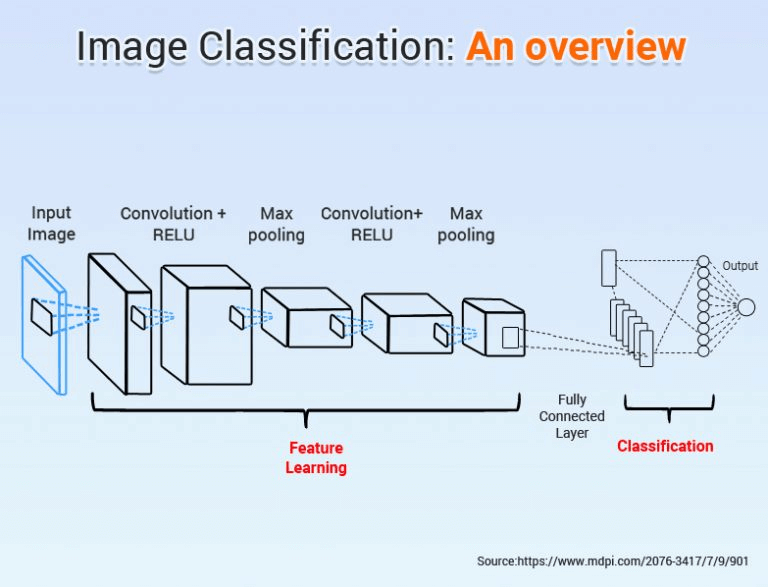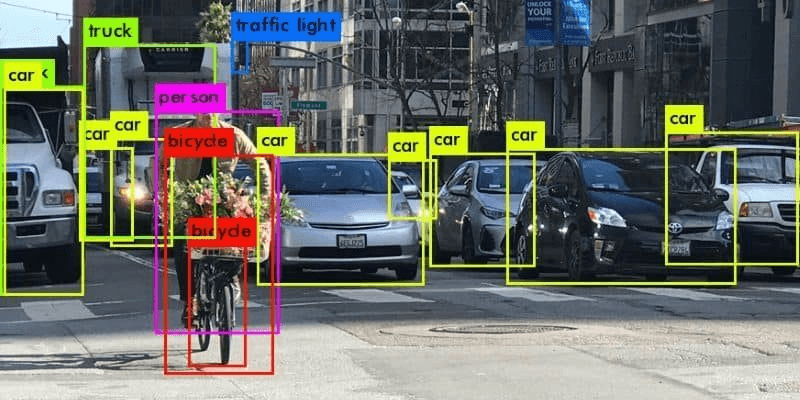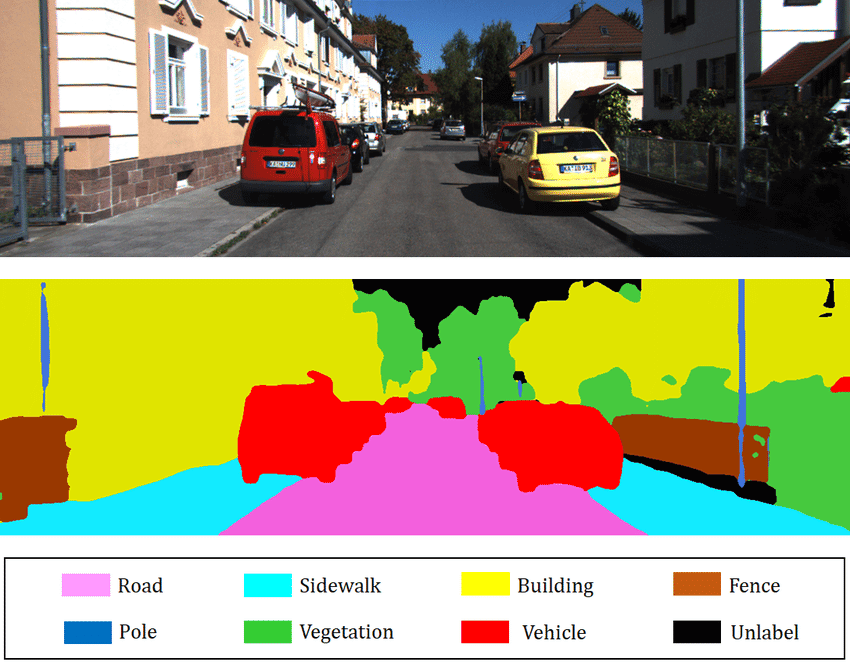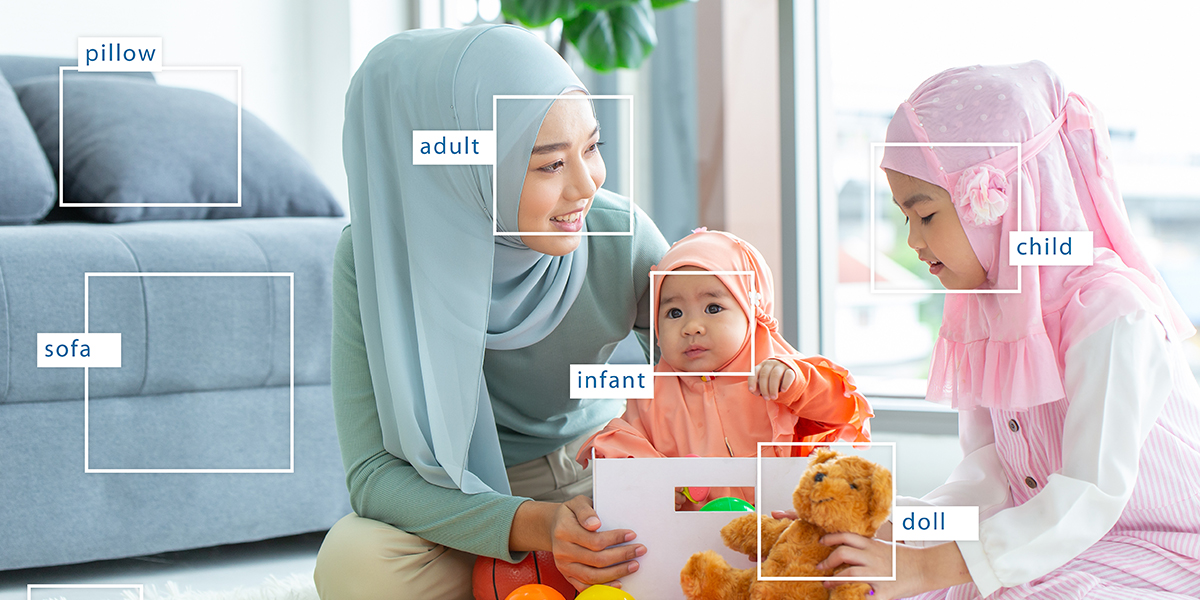Image annotation is a critical step in training AI models to understand and interpret visual data accurately. It involves labeling specific objects or regions within an image to provide contextual information for machine learning algorithms. Various types of image annotations and techniques are used to annotate different aspects of visual data. In this article, we will provide a comprehensive overview of the different types of image annotations and the techniques used to annotate them.
Types of image annotations
1. Image classifications
Image classification involves labeling images into predefined categories or classes. It aims to identify and categorize images based on their content. For example, classifying images as “cats” or “dogs” based on their visual features.

2. Object detection & tracking
Object detection and tracking annotations focus on identifying and localizing specific objects within an image. This technique involves drawing bounding boxes around objects of interest to provide precise spatial information. Object tracking annotations extend this concept by tracking objects across multiple frames or images.

Source: k21academy.com
3. Semantic segmentation
Semantic segmentation annotations involve labeling each pixel of an image with a specific class. This technique enables the AI model to understand the boundaries and relationships between different objects within an image. It provides a more detailed understanding of the scene, enabling accurate object recognition and scene understanding.

Source: towardsai.net
Annotation techniques
- Bounding boxes (2D & 3D)
Bounding box annotations are one of the most common techniques used in image annotation. They involve drawing rectangular boxes around objects of interest. In 2D annotations, the bounding boxes provide information about the object’s position and size within a single image. In 3D annotations, bounding boxes can represent the object’s position, size, and orientation in three-dimensional space.
- Polygons
Polygon annotations are used to annotate objects with irregular shapes. Instead of using rectangular bounding boxes, polygons define the exact contours of objects. This technique is commonly employed for objects such as vehicles, buildings, or natural landscapes.
- Polylines
Polylines are annotations used to annotate linear objects, such as roads, rivers, or boundaries. Unlike polygons, polylines do not enclose a specific area but rather define the shape and direction of lines.
- Semantic segmentation
Semantic segmentation annotations assign a class label to each pixel within an image. This technique enables pixel-level understanding and accurate delineation of object boundaries. It is widely used in applications like autonomous driving, medical imaging, and scene understanding.
- Keypoint annotations
Keypoint annotations involve identifying and labeling specific points of interest within an image. These points represent critical landmarks or features, such as joints in human pose estimation or facial keypoints for emotion recognition.
- LiDAR & RADAR
LiDAR and RADAR annotations are specific to sensor data annotations in autonomous driving. LiDAR annotations involve labeling point clouds to detect objects and estimate their 3D position, while RADAR annotations are used to annotate radar data for object detection and tracking.
- Multisensor
Multisensor annotations involve combining annotations from multiple sources, such as images, LiDAR, RADAR, or other sensors. By fusing data from different sensors, a more comprehensive and accurate understanding of the environment can be achieved.
Related reading: How data annotation is enhancing machine learning capabilities
Understanding the different types of image annotations and annotation techniques is crucial for training AI models effectively. Each annotation type and technique serves a specific purpose in providing contextual information to machine learning algorithms. By utilizing the appropriate annotation techniques based on the desired outcome, AI models can be trained to accurately interpret and understand visual data in various domains, including object recognition, scene understanding, and autonomous driving.
Unlock your business potential with Netscribes’ extensive range of data annotation use cases. Our solutions are designed to optimize performance, reduce costs, and fuel growth. Contact us now to learn more.





